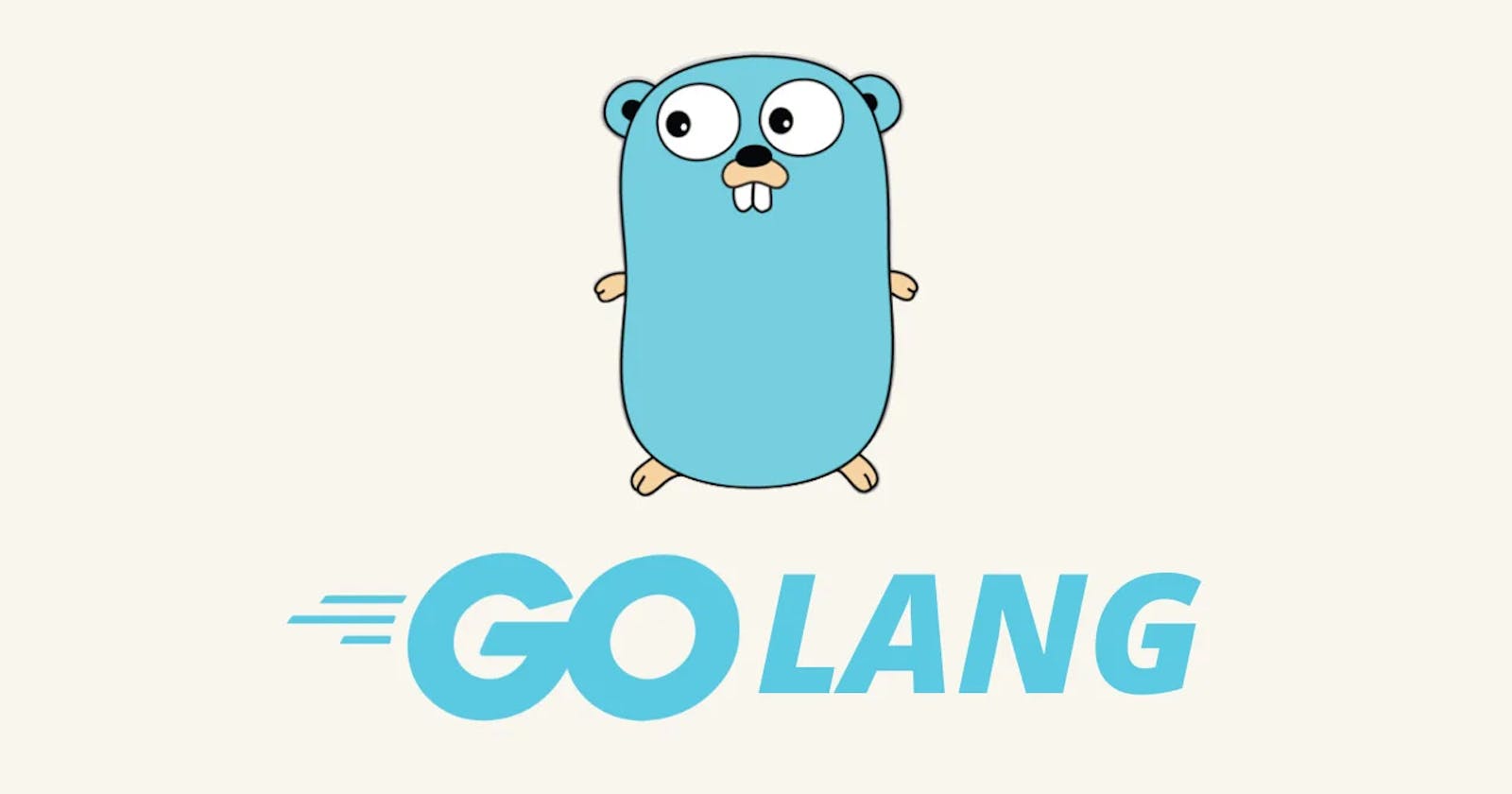Go Language: An Introduction to Google's Efficient, Concurrent Programming Language
A Guide to Go's Features, Structure, and Applications
Go, also known as Golang, is a programming language developed by Google in 2009. It was created by Robert Griesemer, Rob Pike, and Ken Thompson, all of whom were influential figures in the software industry and had previously worked on other programming languages such as C, Unix, and Plan 9.
Go was designed to address a number of challenges that Google was facing at the time, including the need for a language that could support large-scale, concurrent systems and the rapid growth of the internet. Go was intended to be simple, efficient, and scalable, with a focus on concurrency and simplicity.
One of the main goals of Go is to provide a language that is easy to learn and use, yet powerful enough to handle complex tasks. Go has a simple and clean syntax, with a focus on readability and ease of use. It also includes a number of built-in features, such as garbage collection and support for concurrent programming, that make it well-suited for modern, distributed systems.
One of the key features of Go is its support for concurrency. Go uses a lightweight concurrency model called "goroutines" to allow multiple tasks to be run concurrently within a single process. This makes it easier to write efficient, scalable programs that can take advantage of modern multicore processors.
Go is also known for its speed. Go programs are compiled to native code, which means they run directly on the hardware and do not require an interpreter. This makes Go programs fast and efficient, especially when compared to languages that are interpreted or compiled to bytecode. In addition, Go includes a number of performance-enhancing features, such as static typing and inlining, that help to improve the speed and efficiency of Go programs.
Some examples of powerful code developed with Go include Google's container orchestration system Kubernetes, the distributed database CockroachDB, and the cloud storage service Dropbox. These projects demonstrate the scalability and performance capabilities of Go and its suitability for building large-scale, distributed systems.
In terms of the structure of Go code, Go follows a modular approach, with packages being the primary unit of code organization. Go also has a strong focus on testing and documentation, with built-in support for testing and a tool called "godoc" for generating API documentation.
An interesting additional fact about Go is that it was designed to be a "systems language," meaning that it was intended to be used for low-level tasks such as operating system development and network programming. However, Go has gained popularity in a wide range of other areas as well, including web development, cloud computing, and data engineering.
Go is used by a wide range of companies and organizations, including Google, Netflix, Dropbox, and Uber. It is well-suited for a variety of tasks, including building web servers, creating distributed systems, and developing command-line tools. Go is particularly popular in the cloud computing, DevOps, and microservices fields, and is often used to build scalable, reliable, and efficient systems.
In conclusion, Go is a powerful and efficient programming language that is easy to learn and use. It is well-suited for building modern, distributed systems and is used by a wide range of companies and organizations. If you're interested in learning more about Go, be sure to check out the official documentation and the many resources available online.

